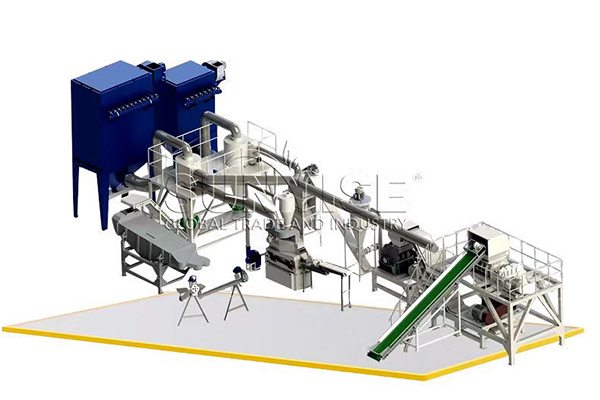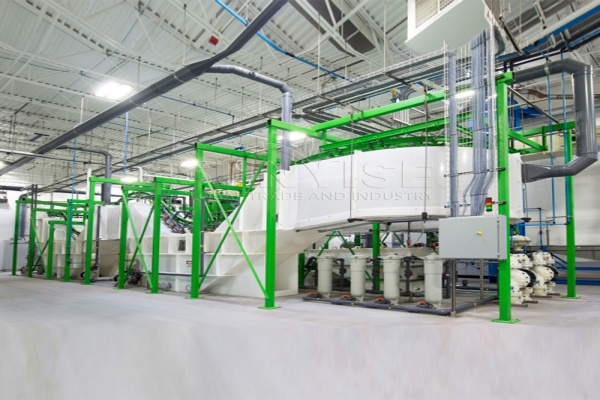أدى التصنيع إلى اختراع العديد من الأجهزة الكهربائية والإلكترونية التي جعلت حياتنا سهلة نسبيًا. وقد أدى ذلك إلى زيادة توليد النفايات الإلكترونية (النفايات الإلكترونية). في 2019, كان الجيل العالمي من النفايات الإلكترونية حوالي 53.6 مليون طن, ومن المتوقع أن تصل 74 مليون طن من قبل 2030. في 2019, آسيا, أمريكا, ولدت أوروبا 50 مليون طن من النفايات الإلكترونية, بينما ولدت إفريقيا وأوقيانوسيا 2.9 مليون طن و 0.7 مليون طن, على التوالى. لذا, ما يعتبر النفايات الإلكترونية? إذا كان لديك مصلحة, الرجاء متابعة القراءة.
أولاً, تحقق من هذا الفيديو. ثم يمكنك الحصول على فهم أولي للوضع الحالي للنفايات الإلكترونية .......
تعريف النفايات الإلكترونية

النفايات الإلكترونية, المعروف باسم النفايات الإلكترونية, حصلت على اهتمام متزايد في السنوات الأخيرة من أجل اجتماعي بعيد المدى لها, environmental and economic impacts. With the rapid development of electronic devices and consumers constantly upgrading their electronic products, the amount of e-waste generated has surged.
E-waste announced by the European Commission includes discarded electronic and electrical equipment. This type of waste includes a variety of technological products that have exceeded their service life or are inefficient. Electronic devices contain harmful elements and, unlike ordinary garbage generated in cities, they pose a major threat to ecosystems and human health.
Many countries, especially developing countries, lack the infrastructure to properly handle and recycle e-waste, leading to environmental and health risks caused by improper e-waste disposal. حالياً, many people use dangerous methods such as open burning, landfilling, open dumping, التفكيك غير الرسمي وإعادة التدوير اليدوي. هذه الممارسات تشكل خطرًا كبيرًا على الصحة العامة. من أجل تجنب التكلفة العالية للتخلص السليم, تختار العديد من الدول المتقدمة تصدير النفايات الإلكترونية إلى البلدان النامية مثل الهند وأفريقيا. تكافح هذه البلدان حاليًا مشكلة عدم كفاية البنية التحتية لإدارة النفايات الإلكترونية.
ما هي الأوساط الإلكترونية القابلة لإعادة التدوير?
بطاريات الليثيوم
لأن بطاريات الليثيوم تحتوي على الكثير من المواد القابلة لإعادة الاستخدام:
الليثيوم: الليثيوم مكون رئيسي في بطاريات الليثيوم, ويمكن استخدام الليثيوم المعاد تدويره لصنع بطاريات ليثيوم جديدة. على سبيل المثال, في السيارات الكهربائية والأجهزة الإلكترونية المحمولة, يعد إعادة تدوير وإعادة استخدام الليثيوم ضرورية لخفض تكاليف المواد الخام وضمان توريد موارد الليثيوم.
الكوبالت: تحتوي العديد من بطاريات الليثيوم على الكوبالت في مواد القطب الإيجابي, مثل أكسيد الكوبالت الليثيوم (Licoo₂). الكوبالت معدن نادر ومكلف, ويمكن إعادة استخدام الكوبالت المعاد تدويرها في صناعة تصنيع البطاريات, تقليل الاعتماد على موارد الكوبالت الملغومة حديثًا.
النيكل: بعض بطاريات الليثيوم (مثل أكسيد النيكل كوبالت المانغاني (NCM) البطاريات) تحتوي على النيكل. تساعد إعادة تدوير النيكل على إعادة تدوير الموارد, وفي إنتاج البطاريات الجديدة, يمكن للنيكل المعاد تدويره تلبية بعض احتياجات المواد الخام.
النحاس والألومنيوم: عادة ما تستخدم النحاس والألومنيوم في أجزاء اتصال الغلاف والقطب من بطاريات الليثيوم. يمكن تنقية هذه المعادن من خلال عمليات إعادة التدوير ثم إعادة استخدامها في تصنيع المعدات الإلكترونية أو الاستخدامات الصناعية الأخرى.
طرق إعادة التدوير:
Lithium batteries recycling production line Includes steps such as disassembly, crushing and screening. أولاً, disassemble the waste lithium battery, separate the shell, electrode and other parts, then crush the electrode material, and separate copper, aluminum and other metals by screening and magnetic separation.

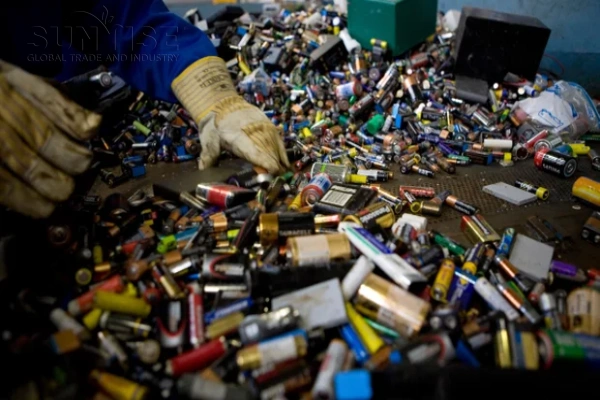
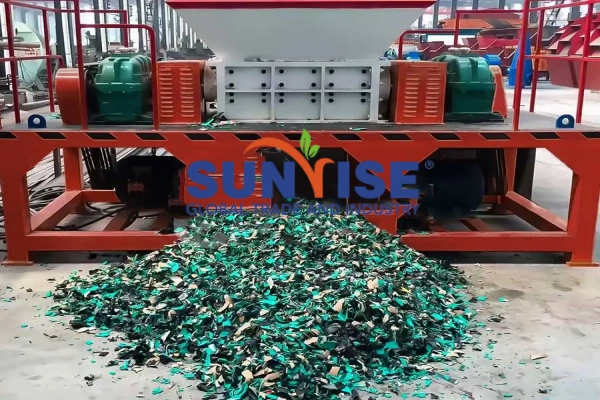
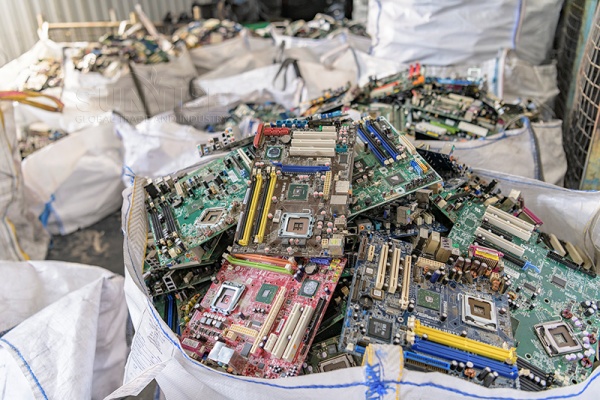
Circuit board
Recycled materials:
Precious metals: Circuit boards contain precious metals such as gold, فضي, and platinum. Gold is mainly used for pins, contacts and connection parts of some high-precision electronic components on circuit boards because it has good conductivity and corrosion resistance. Silver is often used in circuit boards and some components such as capacitors. These precious metals have high recycling value and can be reused in industries such as electronic component manufacturing or jewelry.
Non-ferrous metals: Copper is the most important non-ferrous metal in circuit boards and is used to make circuits and connecting wires of various electronic components. Recycled copper can be used to make new wires, cables and electronic components. فضلاً عن ذلك, circuit boards also contain a small amount of tin, which is mainly used for welding electronic components. The recycled tin can be used again in the production of welding materials.
Rare metals: Such as tantalum, which is used in some high-performance capacitors on circuit boards. The recycling of tantalum helps meet part of the demand for rare metals in the electronics industry because tantalum resources are relatively scarce.
Circuit board recycling method:
أولاً, disassemble the circuit board to remove large components, and then break the circuit board into small particles. Then use physical sorting methods such as gravity sorting, magnetic separation and electrostatic sorting to separate different metals and non-metallic materials.
Solar panels
Recyclable materials:
السيليكون: Silicon is the main material of photovoltaic panels, especially in crystalline silicon photovoltaic panels. Recycled silicon can be reused in photovoltaic panel manufacturing after purification and other processes, or used in other semiconductor-related industries.
Silver: The electrode part of photovoltaic panels usually contains silver, which is used to collect and conduct current. Recycled silver can be used to make new photovoltaic panel electrodes or conductive parts of other electronic devices.
الألومنيوم: The frame of photovoltaic panels is usually made of aluminum, and recycled aluminum can be used to make new photovoltaic panel frames or other aluminum products.
زجاج: The panel of photovoltaic panels is mainly made of glass. Recycled glass can be used in industries such as architectural glass and automotive glass after cleaning and processing.
كيف recycle waste solar panel:
أولاً, use a frame remover to disassemble the photovoltaic panel and separate components such as glass, aluminum frame and battery cells. After the glass is removed, the photovoltaic panel is crushed with a crusher. The silicon wafers separated from the battery cells are first crushed and ground into smaller particles or powders, and then screened using screening equipment to filter out silicon, نحاس, and EVA glue.

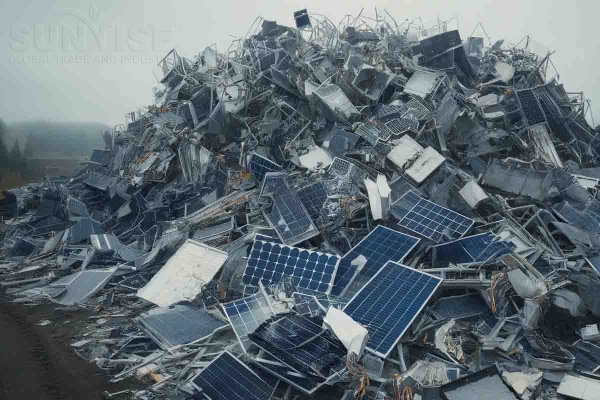
Policies for electronic waste recycling
Let’s take some countries as examples!
| Country | Policy | Outcome | |
| 1. | United States | State level E-waste Laws | Approach towards minimized inconsistent recycling and illegal dumping |
| 2. | Germany | Extended Producer responsibility (EPR) | High rates of recycling, with reduced illegal dumping |
| 3. | Sweden | Producer responsibility with fees | Effective collection and recycling system |
| 4. | الصين | National E-waste Recycling program | Efforts to formalize the recycling sector, and reduction of environmental pollution |
| 5. | India | E-waste Management rules 2016 | Towards implementation and development of compliance |
Summary
The mountains of discarded electronics are not only an eyesore, but also a potential concern for our health and our planet. في نفس الوقت, electronic waste recycling has great potential because it is able to extract valuable metals, which are present in higher concentrations in electronic waste than in their natural sources. فضلاً عن ذلك, the technology of different electronic waste recycling methods optimizes the efficiency and cost-effectiveness of these methods. These methods involve electronic products such as circuit boards, photovoltaic panels, بطاريات الليثيوم, إلخ.
There is still a lot of work need to do to develop sustainable and efficient electronic waste management solutions. As a professional e-waste recycling machine manufacturer, SUNRISE is also working hard to cope with the growing problem of e-waste management. SUNRISE’s e-waste recycling production lines are helping lots of clients to save resources and generate economic benefits. في نفس الوقت, we will adjust the proposal according to the situation of the customer’s country to ensure that every customer can get the most efficient electronic waste recycling production line.
لذا, please do not hesitate to اتصل بنا, we’ll give you advice from a professional perspective.
اتصل بنا
